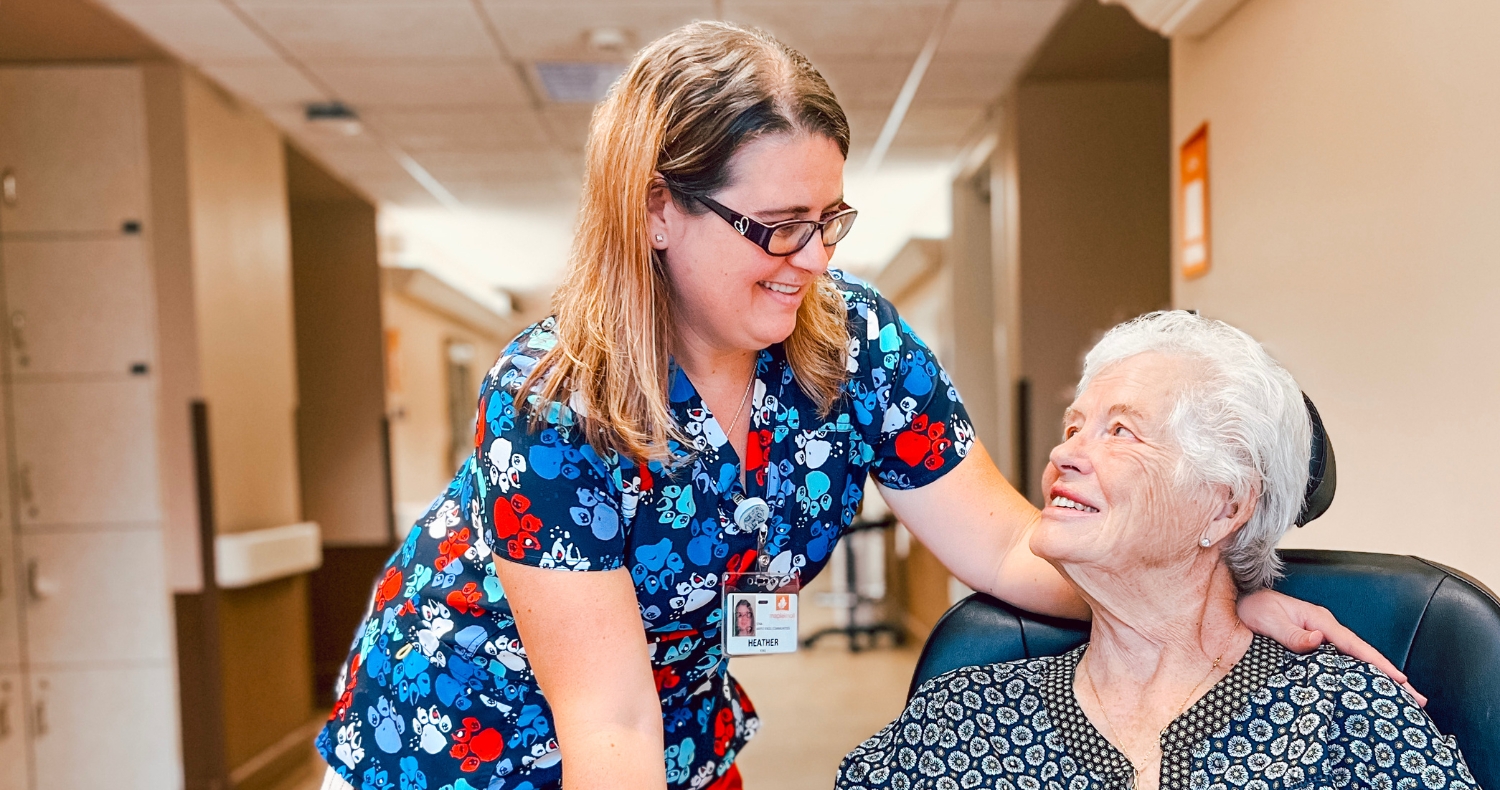As we enter into our later years, most of us will need to decide where we want to spend the rest of our lives. Aging in place might seem like the most practical option, however, many older adults end up needing assistance as they age. In fact, according to an article published by Forbes Magazine, nearly 18 million older adults, or half of everyone aged 65 and older, report that they need some assistance with routine daily activities. Older adults have a wide variety of living options including low income or subsidized housing, senior apartments, and continuing care retirement communities, also known as CCRCs.
Continuing care retirement communities provide a wide range of care, services and activities all in one place. These facilities offer a spectrum of care including independent living, assisted living, and skilled care nursing. In addition, these communities usually offer additional services like housekeeping, social activities, medical care, meal plans, security and maintenance teams. CCRCs are ideal for older adults who want to age in one location without worrying about the future, and for spouses who require different levels of care.
Benefits of CCRCs
Some older adults are discouraged from looking into a continuing care retirement community because of the price tag. Out of the 2,000 CCRCs in the country, two-thirds charge an entry fee in addition to monthly fees. However, for many older adults, the benefits outweigh the cost. Here’s why a CCRC, like Maple Knoll Communities, is more than just a place to put your things:
All inclusive
One of the biggest draws to a CCRC is that everything is included, which is a great perk for adults who are aging alone or away from their families. Residents can enjoy meals, on-site maintenance, security, transportation, housekeeping, laundry and even some utilities. This removes the burden of completing every-day tasks and frees up time for hobbies, exercise and social activities.
Access to a large social network
Many CCRCs offer social activities and clubs, which provide an opportunity for residents to connect with one another. Isolation and loneliness are large concerns among the older adult population, and consistent interaction with peer groups can help reduce the risk of developing these issues. CCRC residents will enjoy the opportunity to participate in outings, educational speakers, organized travel, and interest-based clubs.
Health care services
Most CCRCs offer health care services within their communities, which allows residents to seek medical care when they need it and eliminates the need for transportation. Residents can also move through the continuum of care whenever they begin to need more support.
Peace of mind
Watching our loved ones age can be a difficult process, especially for adult children who live far away. However, CCRCs provide comfort to families knowing that their loved one is safe and will be cared for throughout the duration of their lives.
Improves quality of life
Older adults who live alone are more likely to develop feelings of loneliness and depression, which can cause major health concerns such as cognitive decline. At a CCRC, residents are consistently engaged, encouraged to socialize with others, and develop new skills and interests.
Provides relief for a caregiver
CCRCs can be attractive for couples who require different levels of care or if one spouse if the primary caregiver for the other. If needed, the spouse can receive extra care within the facility, where assistance is provided. In addition, many CCRCs offer respite care to give the caregiver time for themselves.
Financial Advantages of CCRCs
While the initial investment to move into a CCRC can seem like a lot when compared to other living accommodations, it isn’t unreasonable considering all that they offer. In fact, CCRCs are often a less expensive option over the long-term. If you’re considering a CCRC but are deterred by the cost, it’s important to consider the financial advantages.
- Investing for the future. Retirement is an investment many people work towards most of their lives. So, it’s important that you invest in your own retirement wisely. If you move into a CCRC at an appropriate age, and amortize over a period of time, it’s often cheaper than you might expect. In addition, most CCRCs use entrance fees to fund long-term improvements within the facility, which you will directly benefit from throughout your life. And, most importantly a CCRC guarantees that you will have access to the care you need when you need it, making for a worry-free future.
- Ensuring all meets will be met. If you choose the right CCRC, you will be taken care of for the rest of your life. Be sure to ask if a CCRC is a non-profit as you look at your living options. CCRCs that function as non-profits will almost always take care of you even if you outlive your assets for a number of different reasons.
- All investments are protected. CCRC contracts should include policies regarding refunds and how much your loved ones will receive if your entrance fee outlives you. Most CCRCs will protect your assets and should be upfront with their contract model.
Questions to Consider
As you discern through your retirement options, it’s important to ask the right questions as you tour different communities. LeadingAge, a nationwide organization of nonprofit and government aging-services providers, recommends that prospective residents ask these 10 questions when considering a retirement community.
- Are you a for-profit or not-for-profit, and what’s the financial strength of the retirement community?
- What’s included in the monthly fee?
- How do you help me to maintain my freedom and independence?
- What kind of emergency response systems do you have?
- How do you measure your residents’ satisfaction?
- How many residents offer input and feedback?
- What is the difference between independent and assisted living?
- Can you remain in independent living when your needs change and how is aging in place supported?
- What are the five most popular programs in your community and who decides what programs and events are scheduled?
- Can I review your residency agreement?
At Maple Knoll Communities, we know how big of a decision it is to choose where to spend your retirement. We’re here to support you in each step of the way. You can find answers to these questions and more here. To learn more about our offerings, or to schedule a tour, please contact us!







